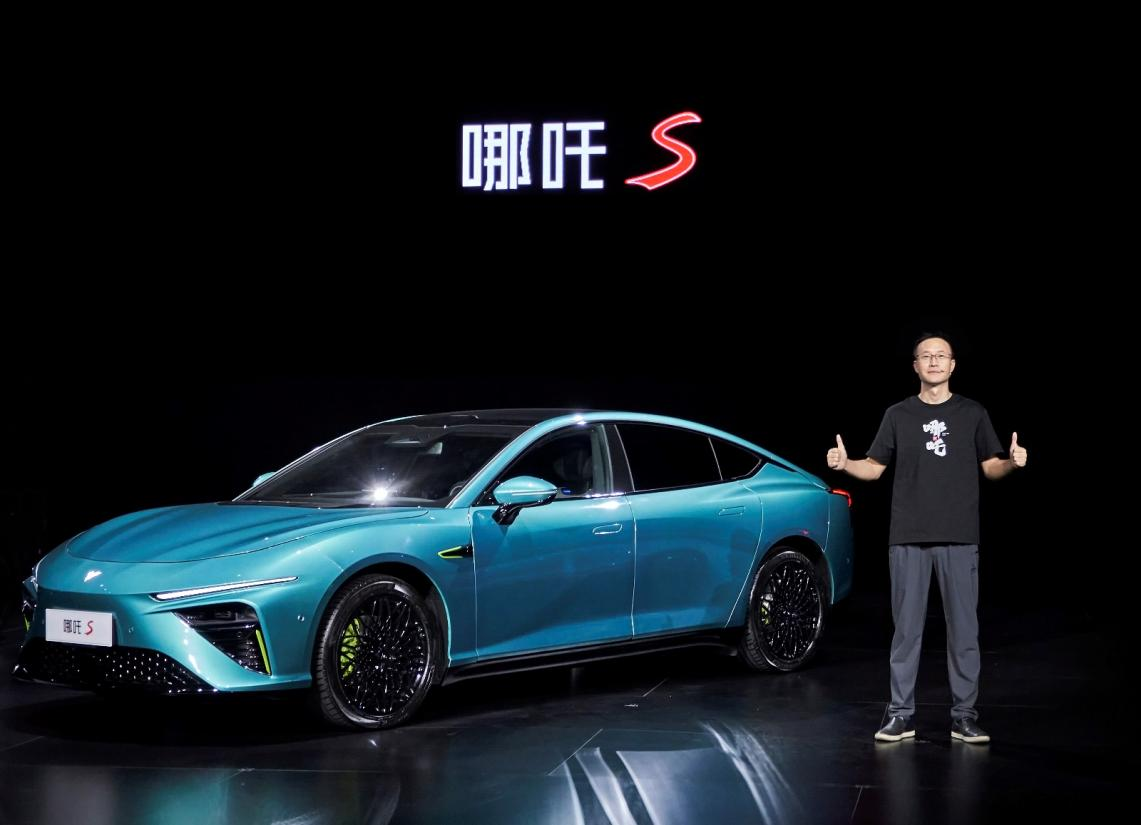Author: Qiukaijun
Editor: Wang Lingfang
While many people’s impression of NETA Auto may still be on the NETA V priced at 80,000 yuan, in the blink of an eye, NETA S has already surged into the 200,000-300,000 yuan price range.
Just recently it was battling with domestic new energy brands, now it’s directly competing with Tesla.
Is this still the same NETA?
Yes, and no.
Yes, NETA still maintains its original intention, with practical and reliable products that consumers will never feel cheated no matter what the price is.
No, because NETA has grown: firstly, its application of two core technologies, pure electric platform and intelligentization, has brought about a significant leap in product power. Secondly, NETA has also become adept at marketing, preheating for a long time and creating market demand. Thirdly, its status in the industry has steadily improved, becoming the head of the new car-making forces.
The launch of NETA S indicates that it has formally entered the high-end market. Is this high-end car just a façade, or can it continue to deliver high cost performance?
NETA S is NETA’s “Ascension” work.
If successful, it would be the “air supremacy” for NETA Auto, helping NETA V, NETA U and even more domestic car models win the battle against traditional fuel vehicles.
If it is not successful, NETA will return to its original form and continue to be a brand of economy cars, and the path of high-end development will be seriously blocked.
Is 300,000 yuan worth it?
NETA S has two driving systems, three versions, and eight sub-versions. The official guide price ranges from 199,800 yuan to 338,800 yuan.
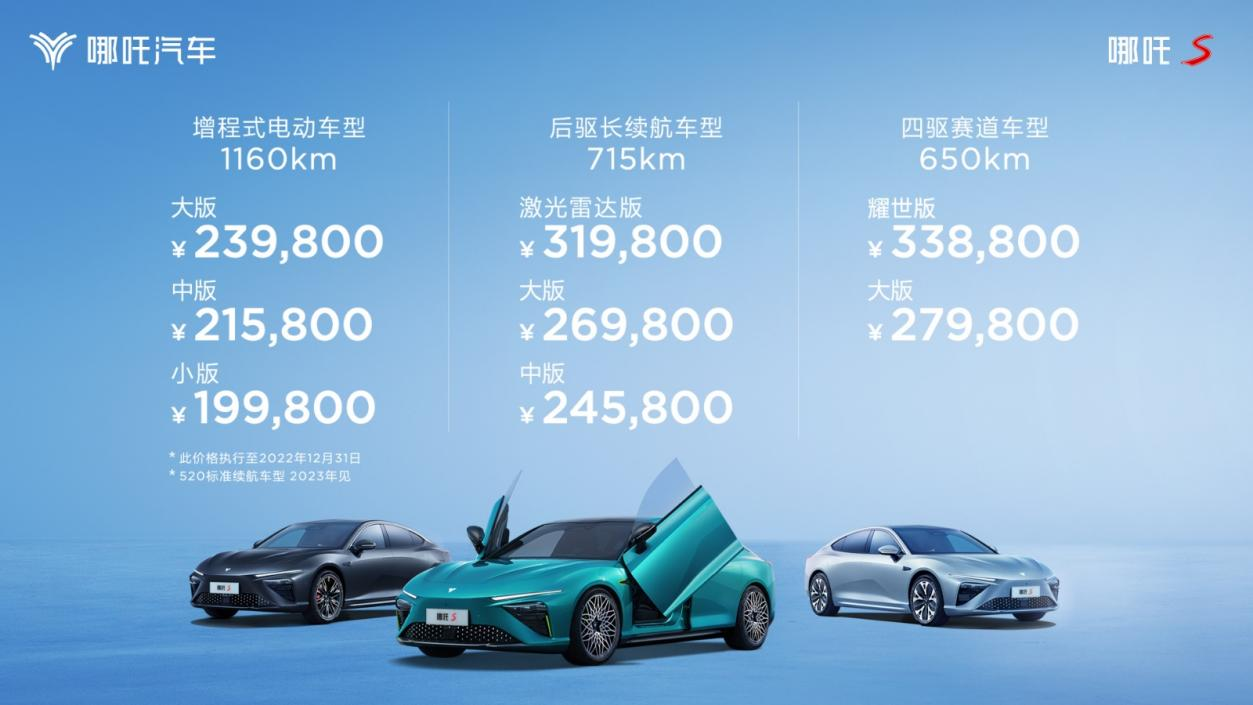
If you only look at the price, NETA S may seem a bit expensive. Tesla’s Model 3, for example, is only priced at 279,900 yuan. The recently released Deep Blue SL03, which is slightly smaller than NETA S, has a range of 705 kilometers and starts at only 215,900 yuan.
However, considering the car model, size, performance, and intelligentization level as a whole. In terms of pure electric power, NETA S stands out in terms of size and range; its intelligentization level is also among the top tier.
It can be said that there is no car bigger or with higher range than it that is also more intelligent; there may be cheaper ones, but they are not as large; for cars with similar range, most are more expensive and less sporty than it.
For extended range models, NETA S has a pure electric range of 310 kilometers, which is the longest among extended range vehicles currently on the market. The only extended range car currently on sale is the Changan Deep Blue S03, but its size and pure electric range are not as good as that of NETA S.
In the dazzlingly beautiful edition of NETA S, it is the cheapest car on the market with winged doors.
Starting from being a killer in the economy car market with no brand premium, NETA still continues its high value-for-money route, in short, consumers should never feel cheated.It may be related to the NETA car-making concept, either offering the same value but with a lower experience at a lower price, or providing greater value and better experiences at the same price.
Higher prices have also given NETA the opportunity to create a model with many benefits and no downsides.
The standard version of the NETA S, with a range of 520 km, will be released in 2023. It is believed that the price advantage of the NETA S will be more evident in the standard version.
Leaping Improvement in Product Power
Compared to the previous NETA V and NETA U, the NETA S is indeed different, becoming “larger and stronger.”
“Large” – reflected in its size. The NETA S has a length, width, and height of 4980mm * 1980mm * 1450mm, with a wheelbase of 2980mm, achieving a 1.36 ultra-large width-to-height ratio for the same class. Compared to the Tesla Model 3, which all electric cars of this level must compete with, the NETA S is much larger.

In terms of appearance, the design of the NETA S maintains a low and sleek style of a coupe while presenting a futuristic sense of an intelligent electric age, without losing any ground to first-tier competitors.
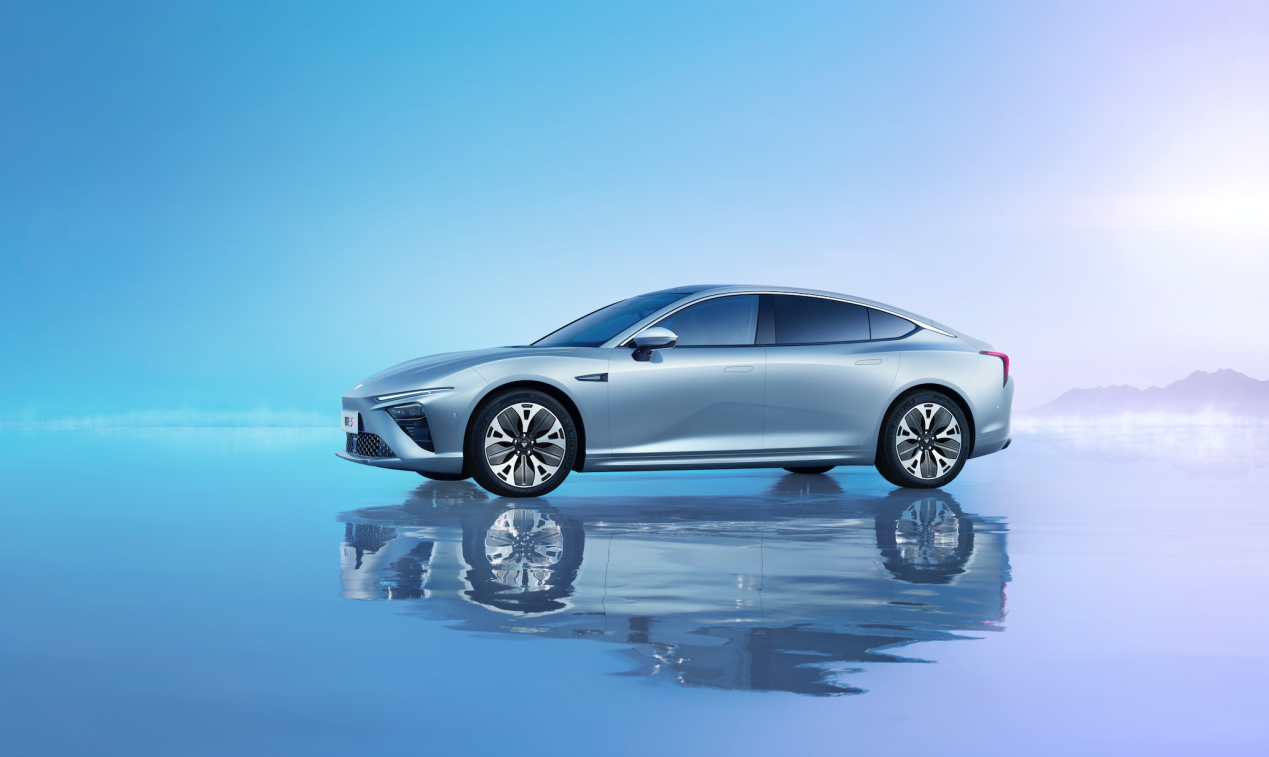
“Strength” – reflected in performance. The NETA S offers two power options: extended-range electric and pure electric, with a total range of 1160 km under CLTC conditions for the extended-range model (including a range of 310 km under CLTC conditions for the extended-range pure electric model); the pure electric version has a 650 km range for the four-wheel-drive CLTC pure electric model and a 715 km range for the long-range version. Regardless of which version you choose, the range is first-tier.
In terms of handling, the NETA S is equipped with a luxury-level high-performance sports chassis with front double-wishbone independent suspension and rear five-link independent suspension. With excellent hardware and solid tuning, the car has a super-low center of gravity of 470mm and a 50:50 front/rear axle load ratio. The NETA S passed the Moose Test at 80 km/h. The four-wheel-drive track version can accelerate from zero to 100 km/h in just 3.9 seconds, joining the “3-second club.”
Regarding intelligence, NETA Automotive has very high expectations for the NETA S, hoping to “flatten a generation” and emphasize “technological equality” by making many intelligent configurations standard. The NETA S uses the NETA NETA SPACE intelligent cockpit system, adopting the third-generation Snapdragon cockpit platform 8155 chip, which is currently the industry’s leading cockpit solution.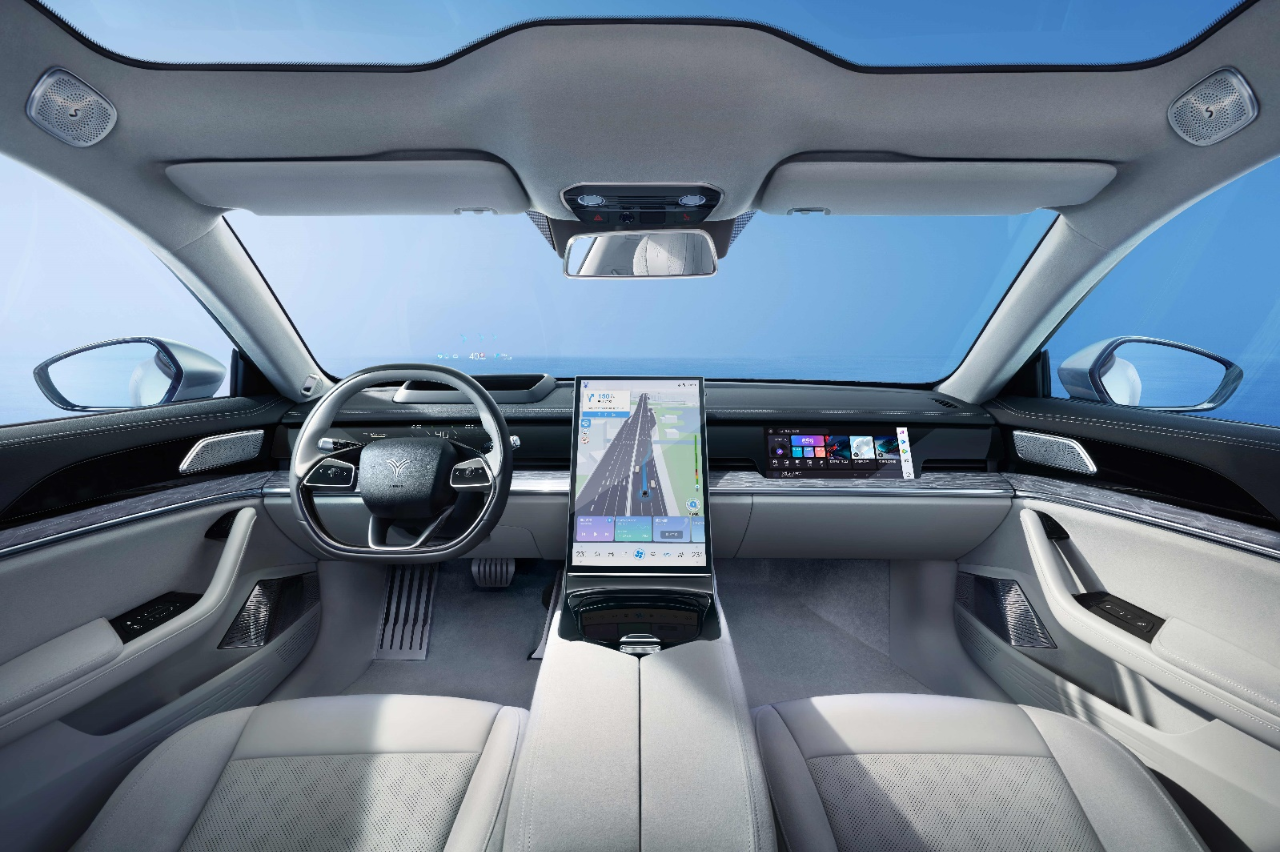
When it comes to intelligent driving, NETA provides two options: NETA PILOT 3.0 and NETA PILOT 4.0. Among them, the hardware and functions of the fully self-developed NETA PILOT 3.0 will become the standard configuration for the entire series, which can achieve various intelligent driving assistance functions such as NNP NETA high-speed navigation assistance and NTP NETA memory parking.
The NETA PILOT 4.0 intelligent driving assistance system benchmarks the most advanced players in intelligent driving today.
The NETA PILOT 4.0 application can achieve the Huawei MDC610 computing platform with high computing power of 200TOPS, and add 2 solid-state LiDARs and other more powerful sensing hardware. Based on NETA PILOT 3.0, it can achieve NCP NETA city navigation assistance and meet actual needs in multiple scenarios such as high speed, urban and parking.
From the perspective of intelligent cabin and intelligent driving, especially NETA PILOT 4.0, NETA has indeed caught up with first-line brands such as Tesla and NIO in terms of on-paper performance. Whether the actual experience of specific applications can keep up remains to be seen.
The above is the performance comparison of NETA S with its peers, relative to NETA V and NETA U. The entire vehicle architecture has been upgraded to the forward-looking intelligent electric architecture. The battery pack, with the support of the Tian Gong battery technology, has adopted large module CTP technology, and both energy density and safety have been improved. The intelligence level has been upgraded from L2 to L2.5+. All these represent a significant leap forward.
In terms of intelligence, the investment of “10 billion” R&D funds apparently was not wasted. During the development of NETA S, the self-developed intelligent security car platform of NETA – the SHANHAI platform – was put into commercial use, forming NETA’s pure electric, extended-range propulsion, luxury sports chassis and 715 km ultra-long endurance.
In terms of intelligence, the results of “one thousand people, ten billion investment” are gradually bearing fruit. Five major categories and 19 assisted driving functions have been delivered. NNP high-speed navigation assistance and memory parking OTA will be realized in the first half of 2023. The magic summoning function of NETA will be OTA-realized in the third quarter of 2023. The NCP city navigation assistance function will be OTA-realized in 2024.
Of course, the product development, marketing, and service experience and lessons learned from NETA V and NETA U also helped the design and development of NETA S. For example, although there are no family-style elements in NETA S, the design concept of “Self, Confidence, and Belief” received recognition in the previous two models, which gave designers the confidence to boldly design NETA S.
Without such R&D investment and product development experience, from selling cars costing RMB 80,000 to RMB 300,000, NETA would definitely not have been able to hold its ground.## Increased status in the industry
“The number two for a thousand years” finally had the chance to turn the tables.
At the beginning of the race to create new cars, NIO’s army was leading the second group, while Li Xiang’s idea was leading the first group.
However, NIO began to exert its strength in the second half of 2021, squeezing into the top three in some months. In 2022, NIO maintained its momentum and surpassed its competitors, NIO and Li Xiang, who were affected by the pandemic or product shortages.
“In the first half of the year, NIO delivered a total of 63,100 vehicles, surpassing Li Xiang and NIO, and ranking second in the new car market, only behind XPeng Motors.”
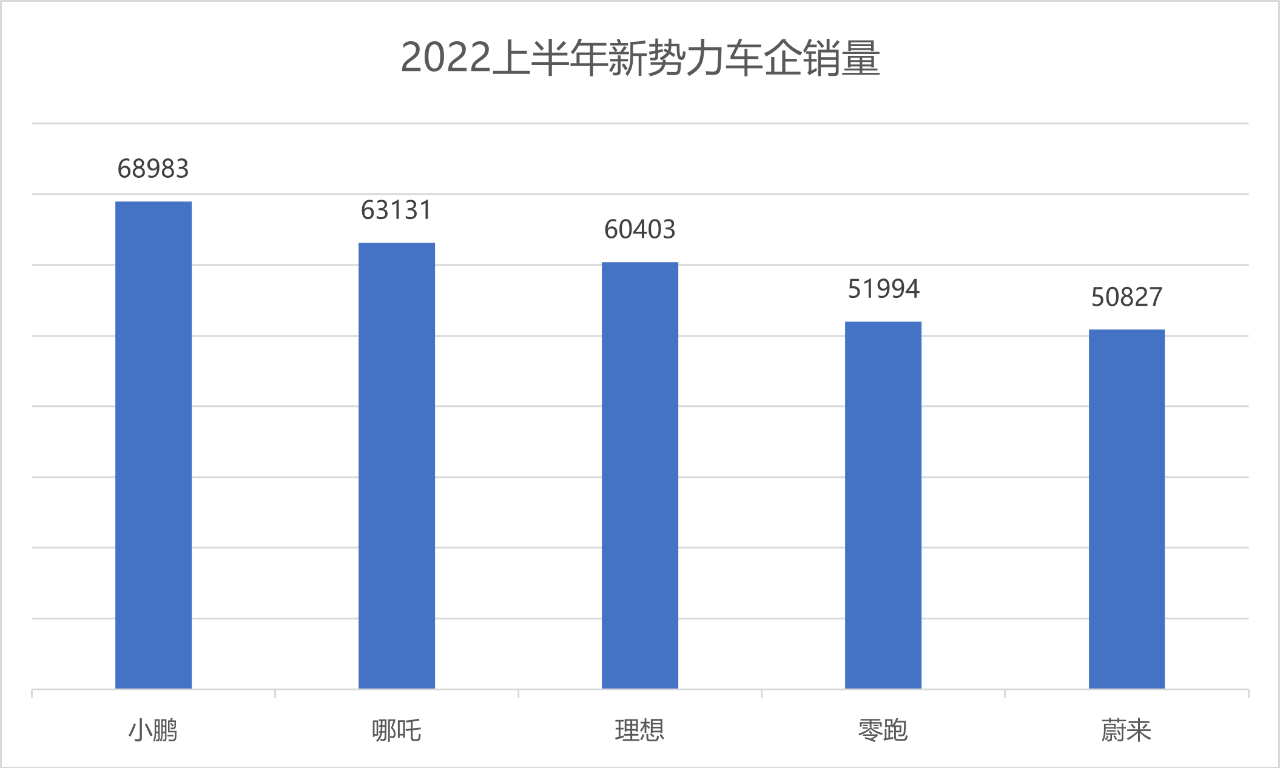
In the second half of the year, NIO continued to maintain its strong momentum. In July, NIO delivered 14,000 vehicles, becoming the champion of the new car market for that month.
What about the whole year of 2022?
Zhang Yong stated on Weibo that NIO is currently working hard to climb, and if successful, “deliveries in 2022 will exceed 200,000 vehicles.” If achieved, this data may make NIO the champion of the new car market.
Among all the models, NIO S can’t contribute much because it won’t be delivered until the fourth quarter of this year. This year, we still need to focus on NIO V and NIO U.
NIO V has few competitors in the A0 market and has been selling well. In addition, NIO U is becoming increasingly popular.
Zhang Yong revealed that NIO U’s orders far exceeded its deliveries, and the orders easily reached 8,000 to 10,000 vehicles.
Zhang Yong said that NIO U was not well received when it was launched, and its current reputation was “earned with time.” “Good products speak for themselves, as long as you do a good job with the products, pricing, and service, user reputation will naturally come.”
He believes that NIO S will also follow this path and that although it may not reach ten thousand vehicles in the first half of the year, it has the confidence to reach 20,000 vehicles in the third and fourth quarters of next year.
The initial mission remains unchanged
Introducing NIO S, expanding the model matrix, vying for the 200,000 to 300,000 yuan high-end sedan market, and increasing sales are one of NIO’s missions.
However, for NIO, the introduction of NIO S should have multiple tasks.
First of all, it will elevate the brand’s tone. While NIO V and NIO U have gained profound popularity due to their affordable prices, they are also easily labeled as cheap. NIO S will reshape the brand image, and follow-up versions of NIO V and NIO U could maintain or even increase their prices.Secondly, the NETA S will drive NETA’s intelligentization into the top tier. NETA Automotive hopes to “catch up with the first generation” of leading smart car companies with the NETA S, which is a great challenge, but there is still a chance to enter the top tier. In my opinion, the top tier is achieved when the intelligence driving reaches the level of L2+ and the smart cabin has a smooth human-machine interaction experience, can control most non-driving related functions, and has rich entertainment and content.
Thirdly, the most important and unchanging task of NETA S and NETA Automotive is to promote the popularization of intelligent electric vehicles.
Through the NETA S, the NETA Shanhai platform lands and showcases efficient solutions for electric drive and range extension, helping new energy vehicles enter households on a large scale, especially range-extended vehicles. The replacement of traditional fuel vehicles by new energy vehicles has already begun. Pure electric vehicles cannot meet the needs of everyone, and range-extended vehicles can dispel consumers’ worries about battery life.
Zhang Yong believes that new energy vehicles have passed the stage of trying new things, and the penetration rate has exceeded 20%, even reaching 25%, and they are entering households on a large scale. At this time, new energy vehicles cannot have only one selling point and need comprehensive capabilities. “It is necessary to consider both families and driving, as well as economy, range anxiety, and sufficient comfort. Now, buying a car is similar to a traditional fuel vehicle, so who are we competing with? We have always positioned ourselves as mainly competing with products of mid-to-high-end sedans of traditional fuel vehicles. This is undoubtedly and will not change.”
Therefore, the NETA S has both long battery life and range extension, which will help NETA increase its market share in the broader fuel vehicle market.
From the NETA V and NETA U to the NETA S, it seems that NETA is getting farther away from the broader population. However, advanced precision technology needs affluent and adventurous people to pay the bill first. Undoubtedly, the NETA S’s NETA self-developed intelligent driving, smart cabin, and Shanhai platform technologies will gradually be applied to the NETA V and NETA U, and ultimately benefit the most common consumer base.
“We still maintain our original intention of making cars for the people, making good cars first, and then making cheap cars,” Zhang Yong said.
It seems that no matter how “leveling up” and “fighting monsters,” NETA is still rushing toward the final boss – traditional fuel vehicles, and it still needs to complete the ultimate task – popularizing intelligent electric vehicles.
This article is a translation by ChatGPT of a Chinese report from 42HOW. If you have any questions about it, please email bd@42how.com.
